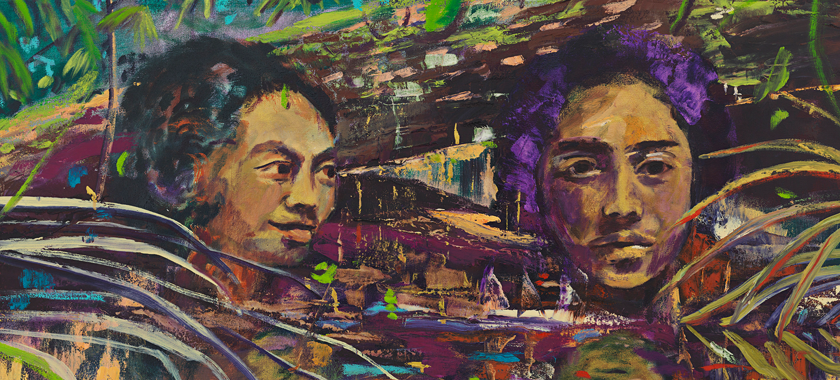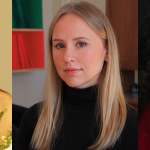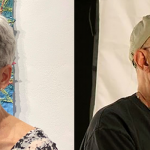“Ask the Artists” Part 3: What is the Most Valuable Career Advice You’ve Ever Received?
Hear from Maia Cruz Palileo, Sarah Hennies, Geoffrey Chadsey, Kyle Abraham, and more.
In our “Ask the Artists” series, we asked NYFA-affiliated literary, performing, and visual artists a series of questions about the creative life. We hope their answers empower you to keep pushing forward in your careers.
The latest installment features responses from artists on the following:
What is the most valuable piece of career-related advice you’ve received? How did it change you or your work for the better?
Meredith Monk
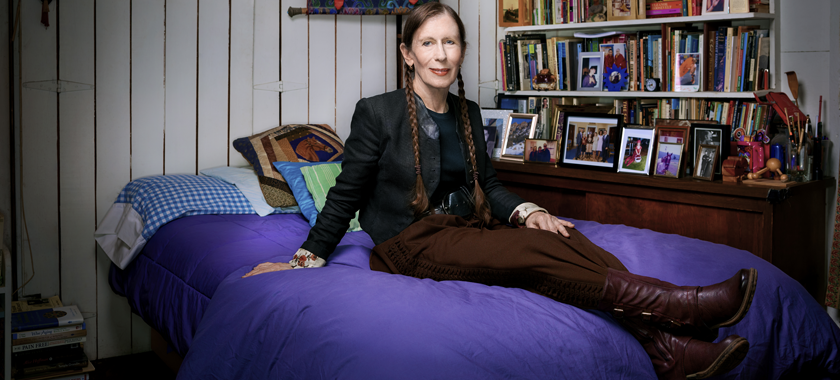
One piece of career advice that I received from Merce Cunningham in my early days, though he always said this to everyone, was to “just enjoy the daily work.” The daily work is everything, and the joy of discovery is something that keeps me going from one day to the next.
Monk was a NYSCA/NYFA Artist Fellow in Music/Sound in 1985.
Image Detail: Meredith Monk, Photo Credit: Brad Trent
Lauri Lynnxe Murphy
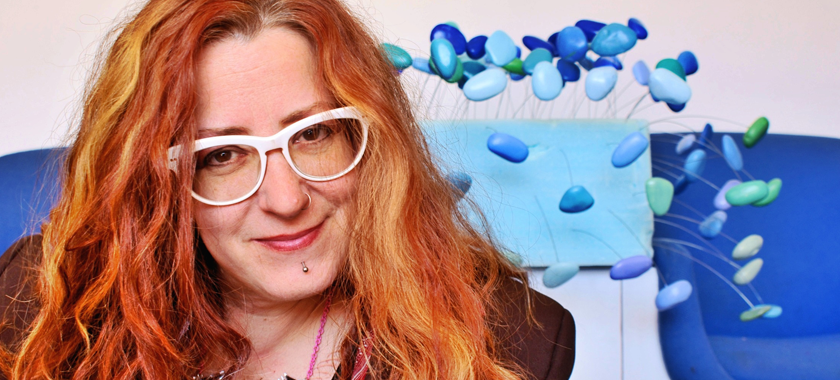
I think the best piece of advice I ever received was to read the resumes of successful artists I admired. To look at the opportunities they applied for, and model my choices after what I saw them doing, and even to reach out for friendship.
Murphy was a mentor in NYFA’s Immigrant Artist Mentoring Program: Denver in 2021.
Image Detail: Lauri Lynnxe Murphy, Photo Credit: Tammy Shine
Maia Cruz Palileo
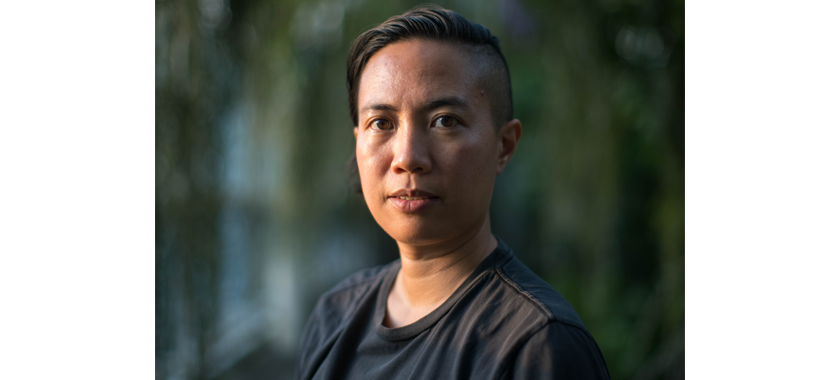
The most resounding piece of advice was from my mentor, the late painter, Denyse Thomasos. One of the last things she said to me was: “Maia, take care of yourself first, art second.” While I don’t do it perfectly, it reminds me to prioritize my body and my well being because without that, there is no art making. She also told me to tell people what you are up to, what you’re looking for, and what you need. In my experience, most artists have access to many art related resources and are generous and happy to share. Artists help artists.
Cruz Palileo was a NYSCA/NYFA Artist Fellow in Painting in 2015.
Image Detail: Maia Cruz Palileo, Photo Credit: Ligaiya Romero
Kyle Abraham
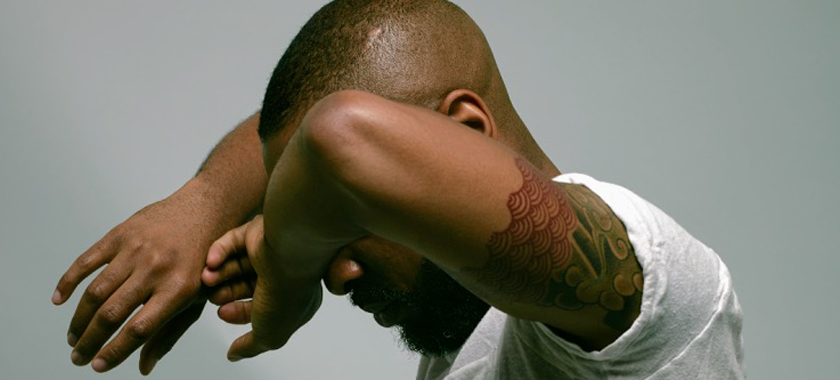
Dedicate one day a week to administrative work. Doing so allowed me to make the time to have a clearer system of communication. It was a total game changer for both my personal and professional life.
Abraham was a NYSCA/NYFA Artist Fellow in Choreography in 2010.
Image Detail: Kyle Abraham, Photo Credit: Tatiana Wills
Sarah Hennies
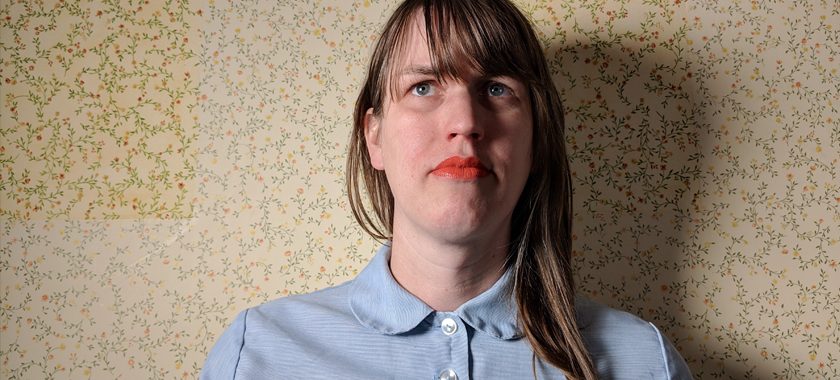
When I was an undergraduate at the University of Illinois, the composer Warren Burt (American, but living in Australia for many decades now) gave an inspirational lecture called, “How I Survived for 25 Years as a Composer of Independent Experimental Music,” where he said: “It’s very simple. Get people to pay you for the things that you want to do.” Of course, it’s not exactly simple, but nothing is more important than artistic freedom and I believe positioning yourself professionally to be able to make the exact work you want to make is critical in developing a unique, personal voice.
Hennies was a NYSCA/NYFA Artist Fellow in Music/Sound in 2016.
Image Detail: Sarah Hennies, Photo Credit: Mara Baldwin
Geoffrey Chadsey
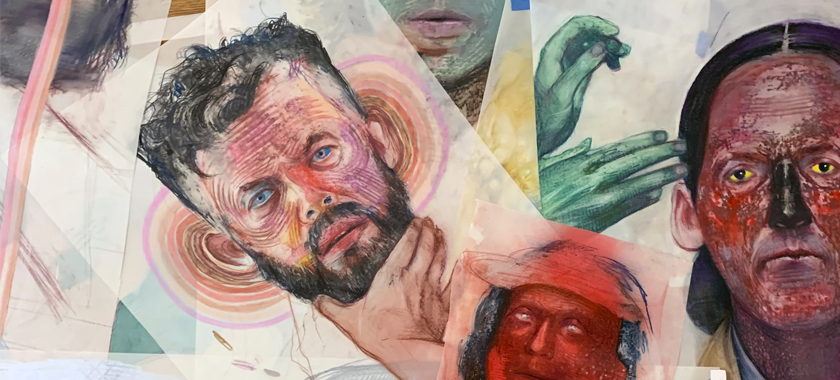
The best lecture I attended in grad school was one on taxes, being delivered by a sculptor who had been audited. It was a horror story and made me very careful on how I file.
Another piece of advice I got back in the ’90s, and one I struggle to listen to ever since, was from a Mexican artist who was chased and almost killed by soldiers during the 1968 student demonstrations in Mexico City. He fled into a storefront and threw down the grate. The soldiers tried to stab him through the metal bars with their bayonets. He told me in my studio when I was fretting about something on the wall, in a patiently exasperated but kind tone, “if it doesn’t kill you why stress out about it?” It’s a vivid image, the artist just out of reach of the too-short blades wielded by men who are trying to murder you. How can a drawing compete with that?? Everything is allowed as long as the knives don’t get to you! Of course an artist (probably white, probably male) could argue that worse than being killed is being laughed at, canceled, or ignored. This artist fled Mexico, in exile in Paris for years, and continued to make work.
Chadsey was a NYSCA/NYFA Artist Fellow in Printmaking/Drawing/Artist Books in 2011 and 2020.
Image Detail: Geoffrey Chadsey (Printmaking/Drawing/Book Arts ’20); “a collection of heads;” 2020-ongoing; watercolor pencil and crayon, chalk spray paint, on mylar; dimensions variable
Debi Cornwall
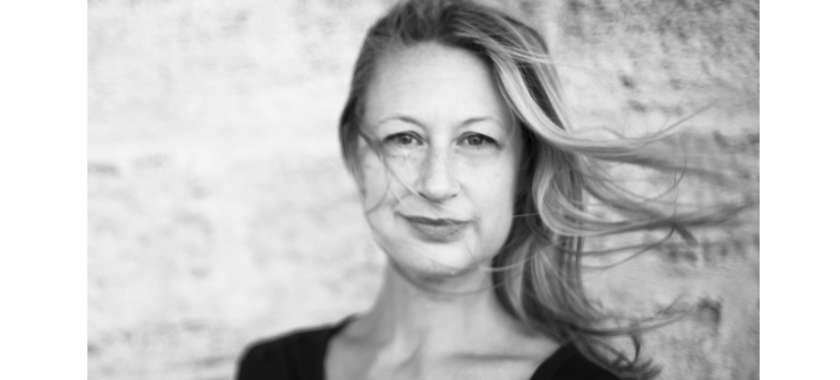
A skeptical visitor to one of my Guantánamo Bay exhibitions demanded, “What is the point of this?,” walking away before I could respond. In the years since, I have found this question to be incredibly helpful at every stage of production: “Why am I doing this?” Also, it taught me that my work isn’t for everyone, and that’s okay; criticism and rejection are an inescapable part of life as an artist.
Cornwall was a NYSCA/NYFA Artist Fellow in Photography in 2019. Her “Necessary Fictions” project is Fiscally Sponsored by NYFA.
Image Detail: Debi Cornwall, Photo Credit: © Sally Stage
Luis Valderas
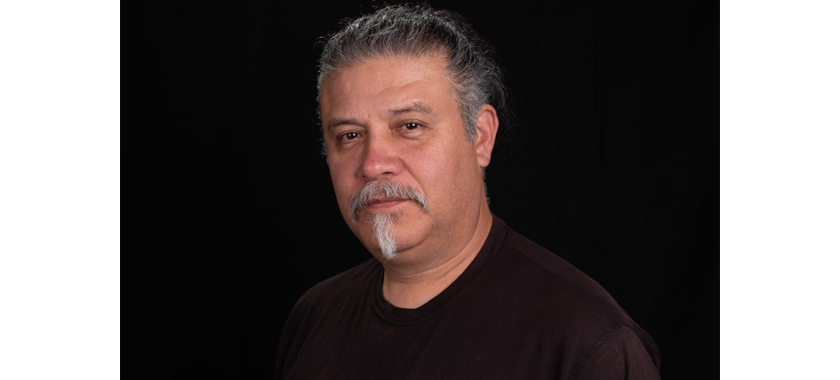
My college printmaking professor Wil Martin and my high school art teacher Carmen Peña gave me the best advice that I benefit from to this day. Wil was practical and advised me to go into art education—I would have studio season, holidays, health insurance, and a pension. Carmen was all corazón (heart) and advised me to find a partner that understood what it meant to be an artist—that it would be a difficult quest but worth it for me as an artist.
The advice changed me for the better without me realizing until I was older. When I began to teach about art I learned to better articulate what I was doing in my work. It gave me the means to get a studio, buy art supplies, have health insurance, and big chunks of time to create. On my third attempt, I found my partner Kim Bishop, who is also an artist/educator and understands and sees things the way I do. I am her crew when she has a project—she is my crew when I have a project. We work together in the arts community of San Antonio and I believe we are growing some positive change and healing in our community.
Valderas was a mentor in NYFA’s Immigrant Artist Mentoring Program: San Antonio in 2018 and 2019, and is a member of NYFA’s Board of Trustees.
Eva and Franco Mattes
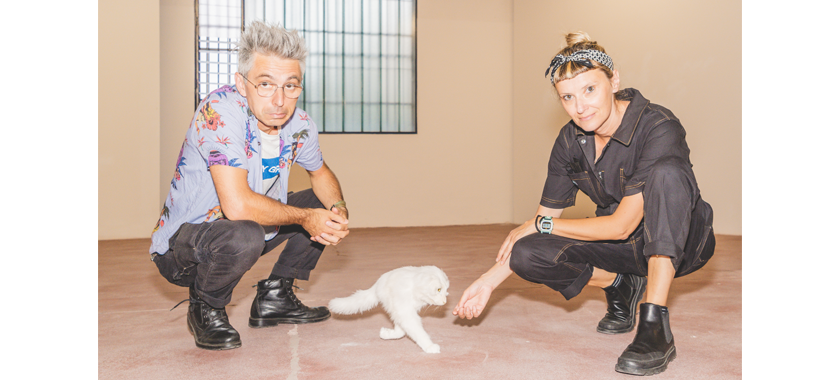
Be on time.
Eva and Franco Mattes were NYSCA/NYFA Artist Fellows in Digital/Electronic Arts in 2017.
Image: Franco and Eva Mattes; Milan, 2021; Photo Credit: Nicola Biscaro
Chitra Ganesh
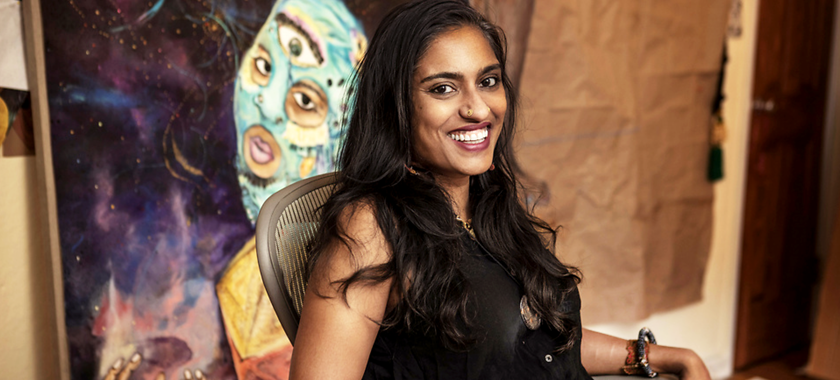
I feel very lucky for the life changing words I received from the amazing artists I worked for, studied under, and wrote about early on.
Wendy Edwards gave me permission to think about being an artist even though I didn’t go to art school. I learned from Janine Antoni that sometimes you might be asking the same two or three questions through your practice for an entire lifetime—and one goal is to build new formal logics within your work to keep approaching those same questions in a fresh way. Kara Walker encouraged me to breathe life into my work and let it surprise me; that it is not enough to realize a flawless physical/material iteration of my idea—my work also must transmit movement, life, and feeling. Martha Rosler said that a lifelong commitment to art practice and political interventions is bound to be a slow burn—and that it is important to keep the pilot light on at all times, even at the darkest of moments.
Coco Fusco reminded me that in the art world(s) we inhabit, “sometimes you get what you get.” This helped me understand that the complex reality of a working artist’s life will include making decisions based on your values, incredibly hard work, institutional challenges, structural racism, serendipity, and rejection all at once. You may not get what you want but you always have something, and there are always ways to work with what you’ve got. Finally, Zarina once told me “You have so much courage, and that’s what I like about your work.” When I looked confused she said, “Just keep doing what you’re doing, you may not realize until later how much courage you really had.”
Ganesh was a NYSCA/NYFA Artist Fellow in Printmaking/Drawing/Book Arts in 2005 and 2009.
Coco Fusco
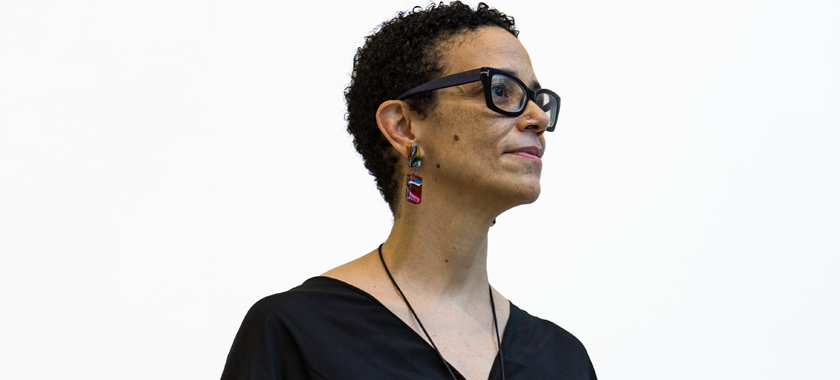
At the beginning of my career as an artist, a collaborator who is a few years older than me told me that when it comes to coverage of my work in the press, just “count the inches” and don’t pay too much attention to what critics say. In other words, any publicity is good publicity. Of course no one likes getting bad reviews but I’ve lived long enough to see how opinions change over time, and how critics are beholden to interests that shape what they write. I take it all with a grain of salt.
Fusco was a NYSCA/NYFA Artist Fellow in Nonfiction in 1991 and 2014.
Image Detail: Coco Fusco, 2018; Photo Credit: Ross Collab
Erin O’Keefe
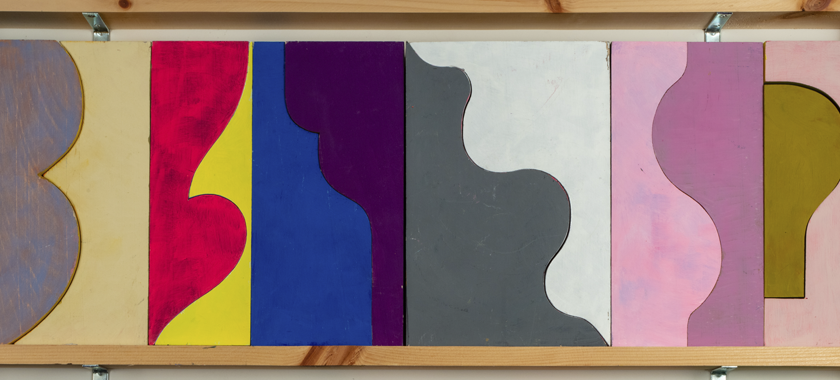
Not all opportunities are good opportunities. Make sure that the work is contextualized in a way that respects your intention. This advice made me a better advocate for my work, which also gave me energy and confidence in the studio.
O’Keefe was a NYSCA/NYFA Artist Fellow in Photography in 2019.
Image Detail: From Erin O’Keefe’s studio, Photo Courtesy of the Artist
Jennifer Wen Ma
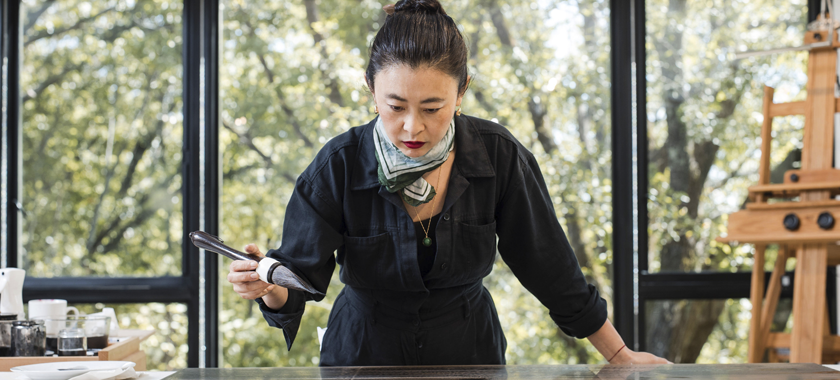
A great curator once told me to take the work all the way to the edge of convention, face the cliff that drops to the unknown, and take courage to dive into that ravine. So whenever I need a boost when facing uncertainly in my work, I say: “To the ravine! To the ravine!!” It’s a battle cry that gives me the energy and courage to carry through.
Ma was a NYSCA/NYFA Artist Fellow in Performance Art/Multidisciplinary Work in 2003. Her “An Inward Sea: Oral History” project is Fiscally Sponsored by NYFA, and her “Paradise Interrupted” project was formerly Fiscally Sponsored by NYFA.
Image Detail: Working portrait of Jennifer Wen Ma, Photo Courtesy of Loghaven Artist Residency, 2022
J.T. Rogers
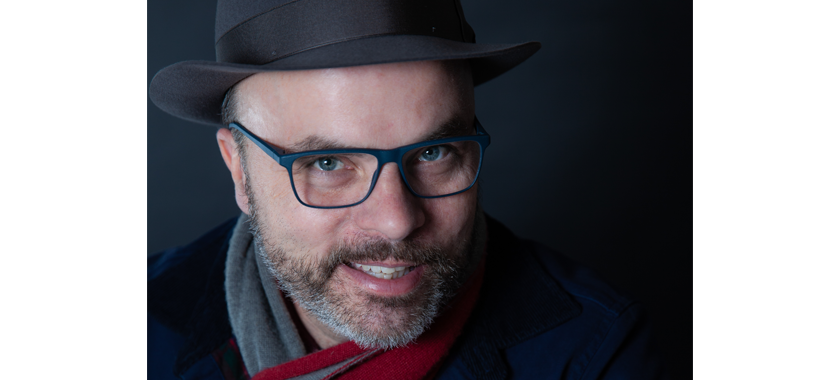
Two pieces of advice—one told me to years ago, the other recently—are touchstones that I think about daily, helping me do the best work I can: 1) your task as an artist is to make work that represents the deepest, broadest expression of yourself as a human being; and 2) never collaborate with someone you don’t want to have dinner with.
Rogers was a NYSCA/NYFA Artist Fellow in Playwriting/Screenwriting in 2004, 2008, and 2016.
Image Detail: J.T. Rogers, Photo Credit: Rebecca Ashley
You can find more articles on arts career topics by visiting the Business of Art section of NYFA’s website. Sign up for NYFA News and receive artist resources and upcoming events straight to your inbox.

